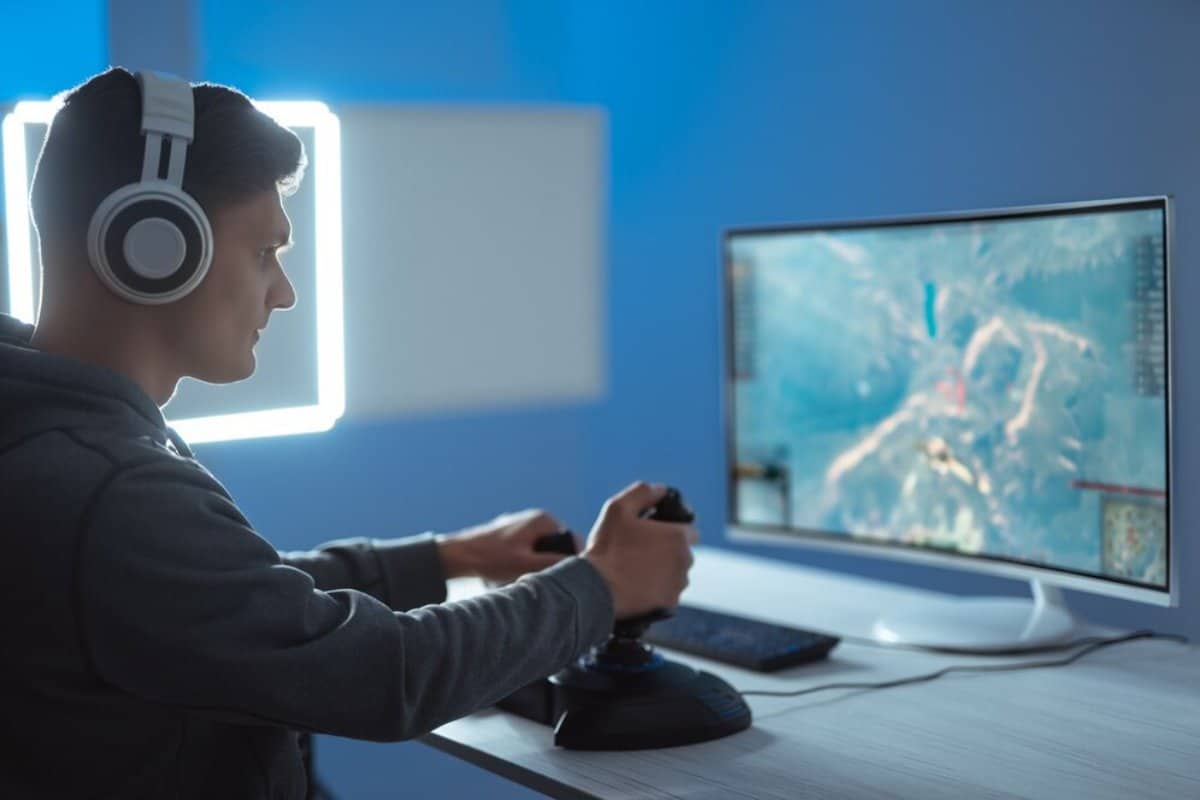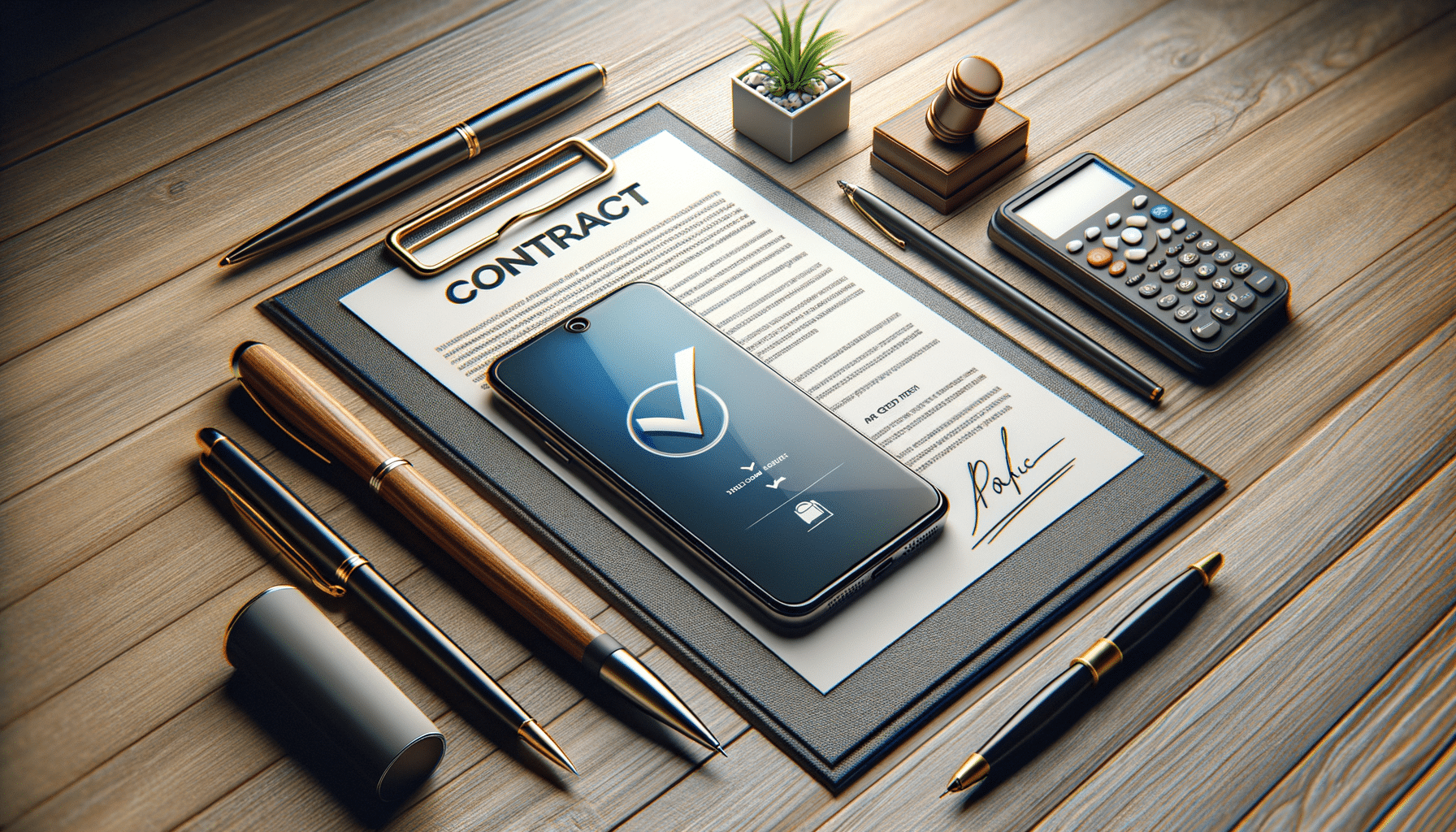
How to Improve Your Aim in FPS Games Using Aim Trainers
In FPS games, precision and accuracy are crucial. They’re not just nice to have. Whether you’re a casual gamer or want to be a pro, better aim can boost your gaming fun and skills. Aim trainers help players improve their shooting accuracy even when not in the game. This guide will delve into how to use these tools effectively to enhance your skills. We’ll look at tips and strategies from experts. These will help you maximise your training.
Pro Tip: Use a gaming mouse with adjustable DPI settings. This allows for more precise control during aim training. Most pros suggest a DPI setting of 400 to 800. Pair this with the right in-game sensitivity for the best results.
Important: Avoid overtraining. Long, unstructured sessions can lead to fatigue and diminished returns. Stick to a manageable routine. Rest days are essential to maintain motivation and prevent repetitive strain injuries.

Quick Guide: FPS Aim Training Essentials
- Pick the Right Aim Trainer: There are many aim trainers, like Aim Lab and Kovaak’s FPS Aim Trainer. Select one that suits your needs and is compatible with your gaming setup. Consider factors like interface, available training scenarios, and community support.
- Set Clear Goals: Determine what you want to achieve with aim training. Is it better tracking, faster reflexes, or improved flick shots? Having clear objectives will guide your practice sessions and allow for measurable progress.
- Regular Practice: Consistency is key. Dedicate time each day to practice with your aim trainer. Even short, focused sessions can lead to significant improvements over time. Start with 20 minutes and gradually increase the duration as needed.
- Analyse Performance: Most aim trainers offer detailed analytics. Use these insights to spot areas that need improvement. Then, adjust your training plan as needed. Review heatmaps, accuracy charts, and reaction times for a holistic skills view.
- Stay Patient: Progress might be slow initially, but persistence pays off. Stay motivated and keep pushing through challenging exercises. Celebrate small wins, like improved scores or a better rank in training drills.
Understanding the Core
Aim trainers are special software that simulate FPS game situations. They help players practice their shooting skills in a safe space. These tools provide various exercises that focus on aiming abilities. They help with tracking, flick shots, and reflexes. Some aim trainers let users customise scenarios. This way, they can mimic specific game environments or weapons. Understanding their main functions and how to customise them can significantly enhance your gameplay.
In addition, aim trainers provide consistent, distraction-free practice. Aim trainers let you practice specific skills over and over. Unlike live matches, they help you focus without unpredictability. This way, your mechanics can become second nature.
Key Benefits of Using Aim Trainers
Why It Matters
The ability to aim accurately in FPS games can be the difference between victory and defeat. With aim trainers, you can:
- Enhance Reflexes: Quick reflexes are crucial in FPS games. Aim trainers boost your reflexes. This makes it easier to react to sudden movements and changes in the game. You’ll become more adept at quickly snapping to targets, especially under pressure.
- Build Muscle Memory: Regular practice with aim trainers helps you develop muscle memory. This leads to precise movements and better control in your game. As your body practices fine motor skills, your reaction time and aiming will get better.
- Boost Your Confidence: Practising hard improves your skills and builds confidence. This is a key part of competitive gaming that many overlook. Confidence helps players make quick decisions and play assertively. Both are crucial in high-stakes matches.
- Track Progress Over Time: Many aim trainers record your performance. You can see how you improve and stay motivated. You can identify trends, pinpoint weaknesses, and set realistic performance targets.
Essential SEO and Content Guidelines
The aim in crafting this guide is to ensure it is not only informative but also accessible and engaging. This content uses keywords naturally and has a clear structure. It aims to satisfy both SEO and reader needs.
To increase visibility, use phrases like “FPS aim training,” “improve shooting accuracy,” and “best aim trainer for beginners.” Include these terms in headers and throughout the content. Do this carefully so the flow stays smooth.
Step-by-Step Guide (How to Practise)
- Warm-Up: Start with basic exercises to get your hands and eyes accustomed to the movements. This could be simple tracking or static target practice. A 5-10 minute warm-up helps prevent strain and prepares your muscle memory for more intense drills.
- Focus on Weaknesses: Spend more time on areas where you struggle. If flick shots are your weakness, dedicate a portion of your session to improving them. Tailoring your routine to address these gaps leads to faster overall progress.
- Vary Your Drills: Avoid monotony by mixing up your exercises. This keeps your practice sessions engaging and ensures a well-rounded skill set. Alternate between speed-focused drills, target switching, and reaction tests.
- Cool Down: End your session with less intense exercises. This helps consolidate what you’ve learned and prepares you for the next session. A proper cool-down also minimises fatigue and helps avoid burnout from prolonged sessions.

Best Practices & Additional Insights
- Enhance Outcomes: Incorporate real game scenarios into your training. This bridges the gap between practice and actual gameplay. For example, simulate peek-and-shoot tactics or strafe-and-fire mechanics from your favourite game.
- Professional Experience: Many pro gamers suggest using aim trainers in their practice routine. They often credit these tools for boosting their performance. Watching their practice streams or tutorials gives insights into their session structure.
- Community Engagement: Join online communities or forums dedicated to aim training. Sharing tips, scores, and experiences can boost motivation and provide feedback loops.
FAQs
Q: How often should I use an aim trainer?
A: Aim for at least 15-30 minutes daily, but adjust based on your schedule and goals. Consistency is more important than duration. Short, daily sessions are more effective than occasional long ones.
Q: Can aim trainers replace in-game practice?
A: No, they are a supplement to in-game practice, helping to refine specific skills. The best way to improve is to combine both methods—first, train mechanics with aim trainers, and then apply those skills in real matches.
Q: Are aim trainers suitable for all FPS games?
A: Yes, most aim trainers help improve skills useful in many FPS games. Some also offer custom profiles for games like Valorant, Apex Legends, and CS: GO.
Conclusion: Improving Your Aim in FPS Games Using Aim Trainers
In conclusion, aim trainers are excellent tools for anyone looking to improve their FPS gaming skills. Use the tips in this guide to boost your accuracy, reflexes, and performance. Aim training goes beyond hitting targets. It’s about consistency, building confidence, and taking charge of your gameplay.
Ready to elevate your game? Download an aim trainer and start practising now! Share your progress with fellow gamers and inspire others to improve as well. Join the conversation online, set personal records, and keep pushing your limits.


